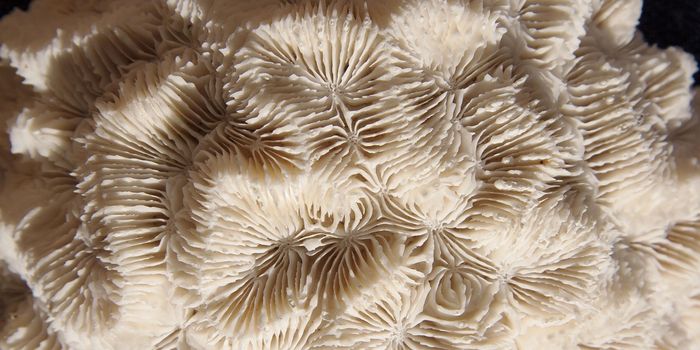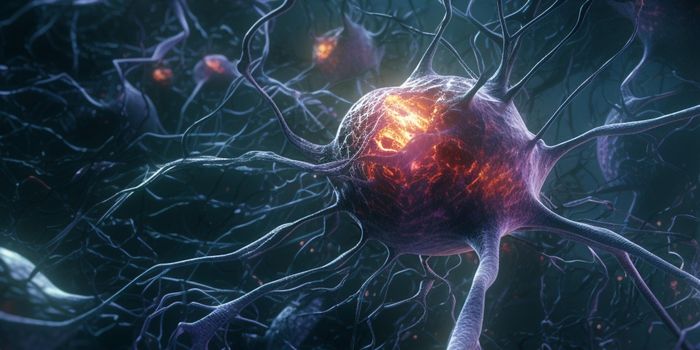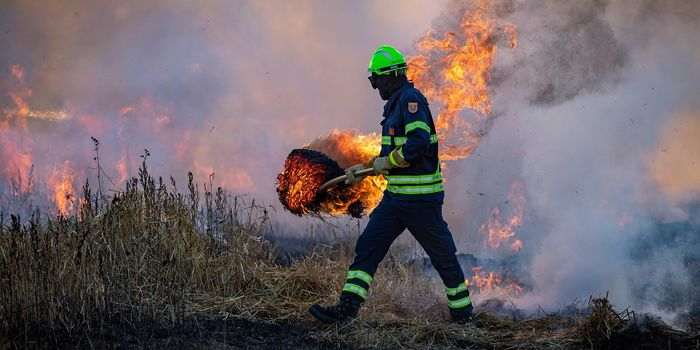Valentine's Day View: Cancer Survivors and Cardiovascular Disease
Today, in parts of North America, Europe, and Australia, people celebrate Valentine’s Day, where we gift those we love with flowers, candy, and notes. The holiday loosely recognizes St. Valentine, a Catholic saint whose bio likely consists of a mixture of three different martyrs who had some common characteristics. Indeed, all three Valentine/Valentinus men appeal to the history books as heroic and romantic men.
Valentine’s Day evolved from a Pagan festival held on February 15 called Lupercalia where ancient Romans honored fertility gods, believing their celebrations would make women fertile and crops plentiful in the coming year. In the 5th century, Pope Gelasius outlawed Lupercalia and declared February 14 St. Valentine’s Day. It wasn’t until 1375 that Geoffrey Chaucer linked Valentine’s Day with romance or birds choosing their mate. Throughout the Middle Ages, European noblemen began writing poems or notes to the women they loved.
By the 1700s, most of Western Europe began honoring the day by giving their loved ones notes or small gifts. Soon after, the Valentine’s Day trend reached the United States, where the holiday became a commercial success. Hallmark estimates 145 million Valentine’s Day cards will be exchanged this year (and that excludes the packages of small cards kids hand out in their classrooms)!
As we often discuss, the United States has a growing number of cancer survivors due to advances in cancer treatment options and screening techniques that promote early diagnosis. To accommodate this unique cohort of patients, efforts to understand how cancer survivors differ from cancer-naive individuals have increased. Indeed, cancer survivors may have an elevated risk of other diseases, respond differently to treatments, or experience underappreciated physical or emotional barriers. In line with all the hearts you will see throughout the day, we will explore the interplay between cancer and heart disease.
A prospective study in the Journal of the American College of Cardiology investigated the risk of cardiovascular disease (CVD) in cancer survivors. The analysis included data from 12,414 participants from the Atherosclerosis Risk In Communities (ARIC) study, an initiative funded by the National Institutes of Health’s (NIH) National Heart, Lung, and Blood Institute (NHLB). Initiated in 1985, the ARIC recruited adults between the ages of 45 and 65 living in four areas of the United States.
The analysis showed a cancer incidence rate of 23.1 for cancer survivors, while participants without cancer had a cancer incidence rate of 12. After considering independent CVD risk factors, cancer survivors appeared at elevated risk of CVD (37%), heart failure (52%), and stroke (22%). The risk of CHD was not significantly different between cancer survivors and cancer-naive participants. The study also found certain cancers- breast, lung, colorectal, and blood- that were associated with CVD.
The authors conclude that cancer survivors remain at a notably higher risk of CVD than those without a history of cancer. These findings suggest a need to focus prevention and early intervention strategies on the vulnerable, and growing, population of cancer survivors.
Sources: J Am Col Cadiol









